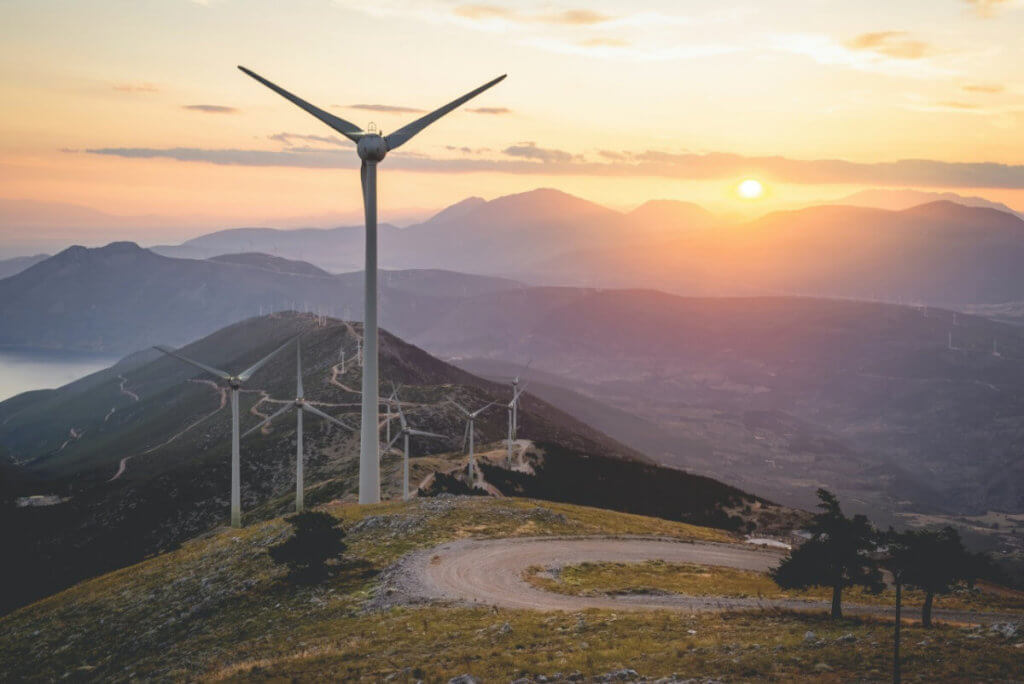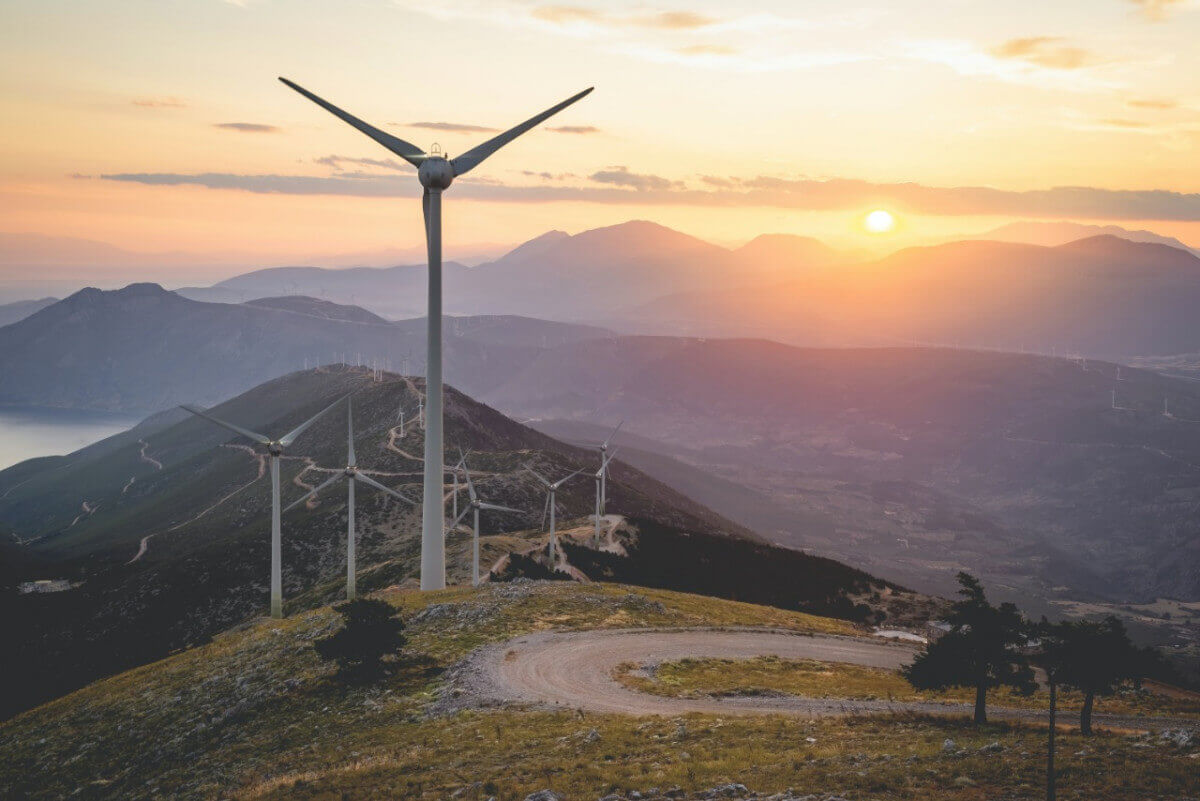Isabel Gonzalez August 14th, 2020 EscúchaMEE

Adaptability, environment, balance, electricity coverage, development, sustainable development, inequality, carbon emissions, GHG, energy resource, resilience, socio environmental system, socio ecological system, society, sustainability
Lecture Time: 5 min
A VIEW OF THE CURRENT SCENE
In 1987 the World Commission on Environment and Development of the United Nations (UN) published its Brundtland Report, in which the concept of sustainable development came to life mainly referring to a balance between the economic, political, environmental and social systems (socio ecological system). Within this framework, Gilberto Gallopín, who holds a PhD in Ecology, explains the basis of the concepts of development and sustainability from a systematic approach, establishing a difference between them. Gallopín describes the development as a gradual and directional change, he also describes that sustainability is the ability to maintain a situation, condition or state over time. Therefore, it is possible to define sustainable development as a path towards resilience and maintenance of the optimal state and well-being of the system, in an environment that undergoes permanent changes.
Within this thought, the following question arises. How is environmental sustainability achieved? As a first point it should be noted that the sustainability of the environmental subsystem depends on the sustainability of the rest of the subsystems (economical, social and institutional). The four subsystems must have a balance between the internal and external interactions that make them up. An adequate management of natural resources depends on an institutional framework in good condition, public policies that advocate for environmental conservation, etc. Gallopín proposes a set of attributes necessary for sustainability: availability of resources, adaptability, stability, and responsiveness.
Within the basis of both concepts, we begin to understand the long road still ahead of us towards energy sustainability. World Energy Council (WEC, 2015) defines energy sustainability as the balance between the economic, social, institutional and environmental subsystems, and it recognizes that energy is a vital and basic resource for the development of any society. In other words, the study of energy sustainability is known as the concept of sustainability applied to energy (Rosen, 2009).
When we talk about an issue such as energy and its application in sustainable development, a wide variety of things come to mind. Who generates it? How is it generated? Who supplies it? Who has access to the energy?
The Expansion Plan of the generation and transmission system 2020-2034 published by the Ministry of Energy and Mines of Guatemala (Ministerio de Energía y Minas – MEM) presents an annual historical electricity generation array (2005 to 2018) in which the influence of hydroelectric plants on the system is shown. These had a participation in 40% of the array of year 2018, likewise the thermal power plants of steam generated by coal and biomass had a participation of 30.2% and 13.4%. The generation through photovoltaic and wind power plants in 2018 showed approximately 4.1% of participation. In the same year the generation through renewable resources accounted for approximately 60% of participation with hydroelectric plants being the largest one, followed by biomass, wind, geothermal and solar generation. Non-renewable resources had 37% share, and at least 3% of energy demand was supplied by imports through the interconnection with Mexico or the Regional Electricity Market.
When analyzing this information we understand that although renewable energy has an important role in the energy array, most of it is generated by hydroelectric plants and a very low amount is being generated through photovoltaic processes (solar energy) and the movement of the wind (wind energy) even though both energies are considered to be “cleaner” than hydroelectric due to their impact on the environment when operating a generation plant.
Now let’s talk about the access to energy. Despite the fact that Guatemala is the country in Central America with the best electricity capacity, the electricity coverage index in 2016 was 92.06%. In this scenario, the rural area is the one that is most affected for the electricity coverage, being the departments of Alta Verapaz and Petén the most affected ones by the lack of access to energy service. Alta Verapaz only reaches 44.36% of electricity coverage and only the municipalities of Tactic, Santa Cruz Verapaz, San Cristóbal Verapaz, Cobán and Lanquín exceed coverage rates of 50%. This means that approximately 71% of the townships in this department have coverage of less than 50%. Purulhá in Baja Verapaz has a coverage of 40.81%. Chajul in Quiché, La Libertad and Sayaxché in El Petén, have coverage rates of less than 50%.
It is ironic that Alta Verapaz is among the most affected departments due to the lack of access to electricity, since the hydroelectric plant with one of the largest capacities in the country is located in this department. This fact is a small sample of the failures in the socio-environmental system in Guatemala.
We must understand that the use of energy and the services it provides are considered as tools to achieve sustainable development. Leading the way towards energy sustainability is up to everyone. Creating information, establishing a methodological framework for the analysis of energy sustainability, encouraging energy planning taking into consideration the social, politics, technological and environment factors. We also have to understand that the emission of greenhouse gases (GHG) from generating energy with fossil fuels promotes climate change, therefore we must use instead an energy array 100% supplied by clean energy.
We can discuss the issues of greenhouse gas emissions due to generating energy through non-renewable sources, highlighting that during 2018 the coal used as fuel for generating electricity accounted 93.21% of the emissions totals for this subsector (a total of 4,983,805 Ton CO2e) We must consider the inequity in the country’s electricity coverage, the lack of appropriate governance, weak institutions, etc. All these factors will continue guiding us to the same problem. It is necessary to give them a different direction, give them a new meaning. We live in a time where changes in technology, society, culture, and the environment are happening faster and faster, we must become resilient and strengthen the components of the systems that surround us. We must join this systematic vision of society-environment, find the balance to achieve the well-being of the human condition and the adequate conservation of our resources.
Bibliography
Gallopin, G. (2003). Sostenibilidad y desarrollo sostenible: Un enfoque sistémico. Retrieved from: https://repositorio.cepal.org/bitstream/handle/11362/5763/S033120_es%20.pdf?sequence=1&isAllowed=y
Iarna-URL. (2018). Perfil Energético de Guatemala 2018. Base para el entendimiento del estado actual y tendencia de la energía. Retrieved from: http://www.infoiarna.org.gt/wp-content/uploads/2019/03/Perfil-Energetico-de-Guatemala.pdf
MEM.(2017). Plan Nacional de Energía (2017-2032). Retrieved from: https://www.mem.gob.gt/wp-content/uploads/2017/11/Plan-nacional-de-energia.pdf
MEM (2019). Plan de Expansión del Sistema de Generación y Transporte (2020-2034). Retrieved from: https://www.mem.gob.gt/wp-content/uploads/2020/01/Plan%20de%20Expansio%CC%81n%20del%20Sistema%20de%20Generacio%CC%81n%20y%20Transporte%202020-2034.pdf
World Energy Council (2011). Policies for the future. Retrieved from: https://www.worldenergy.org/assets/downloads/Trilema-Energ%C3%A9tico-2012-Espanol.pdf

